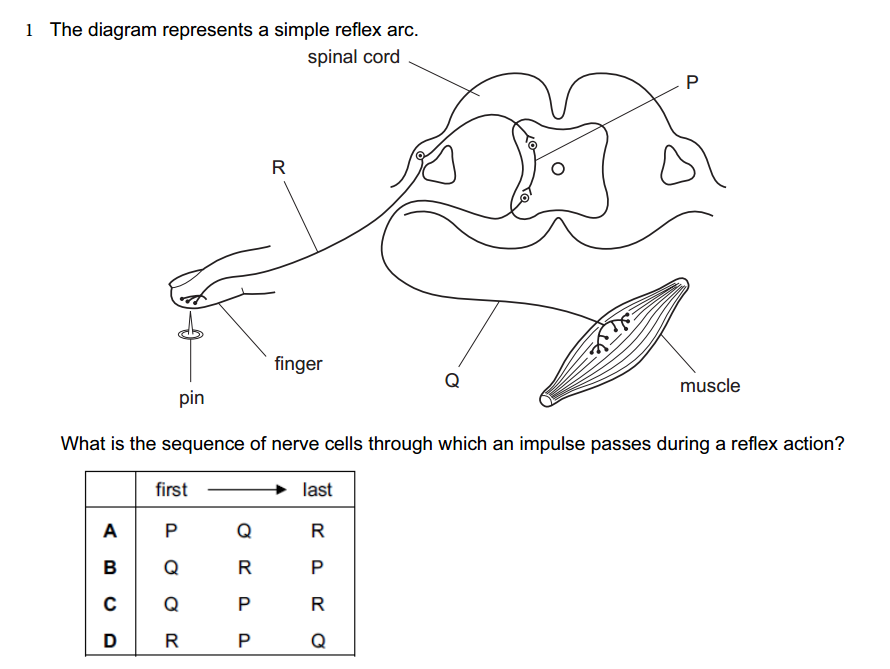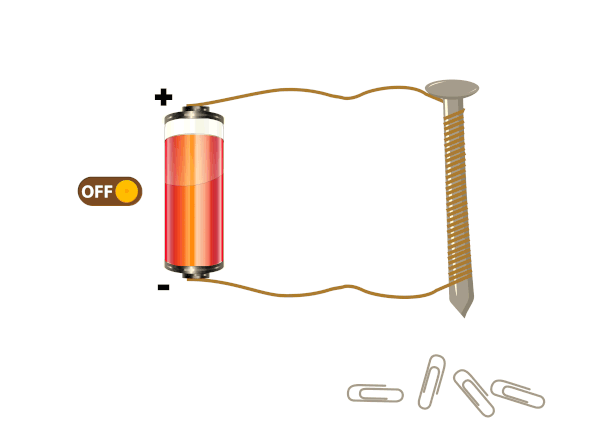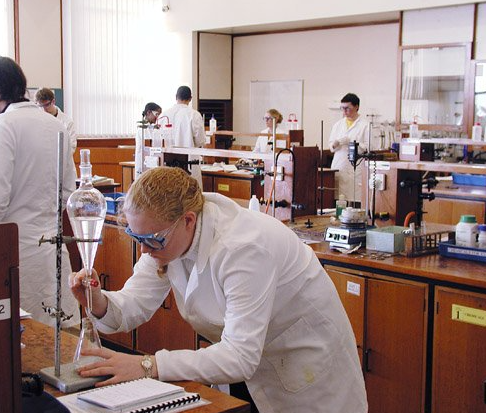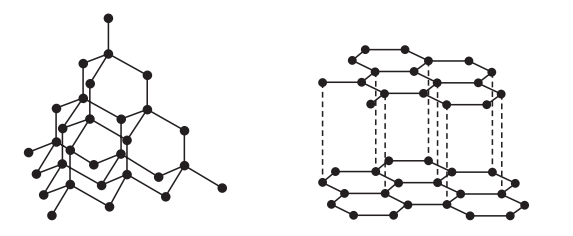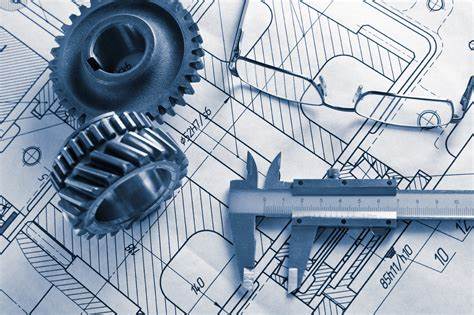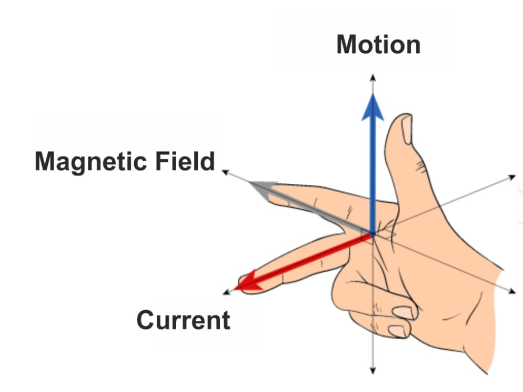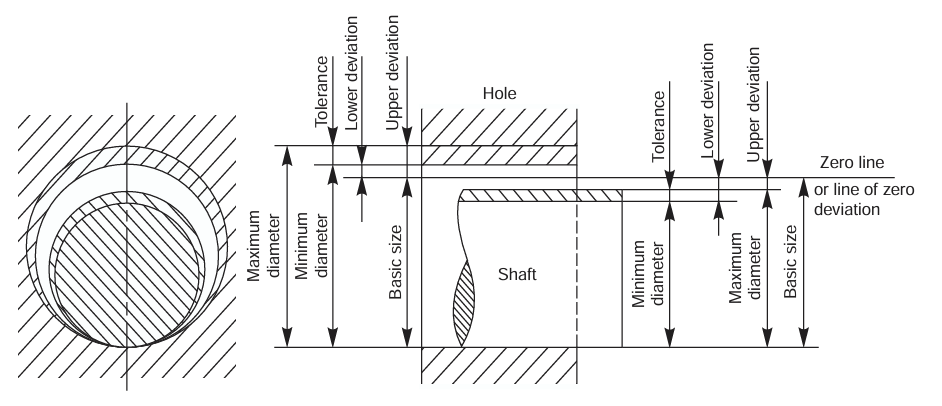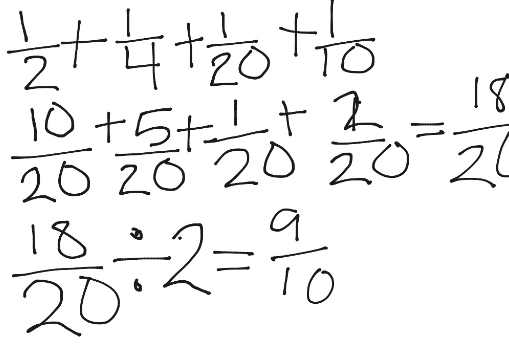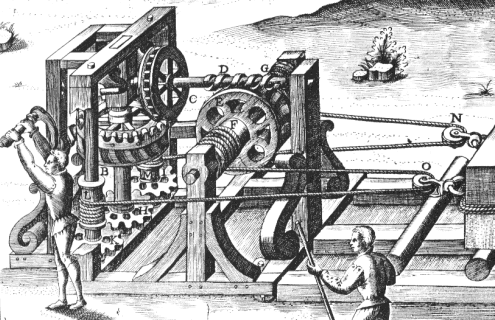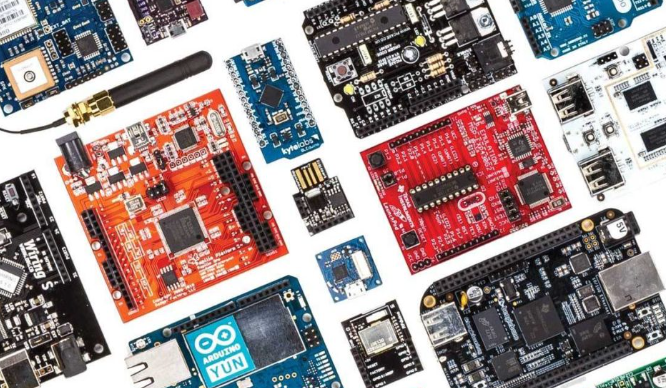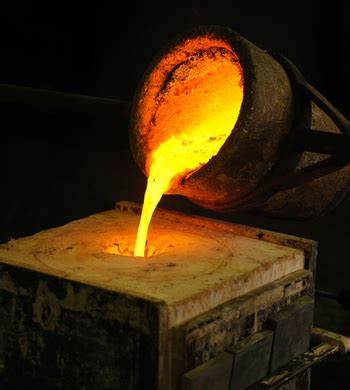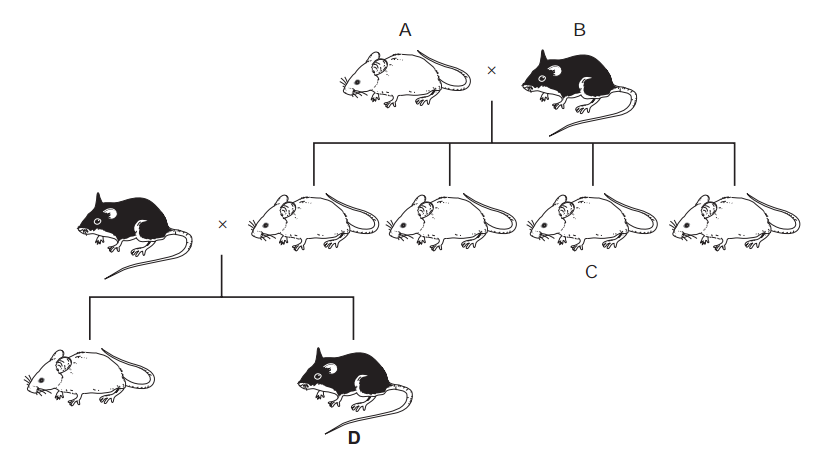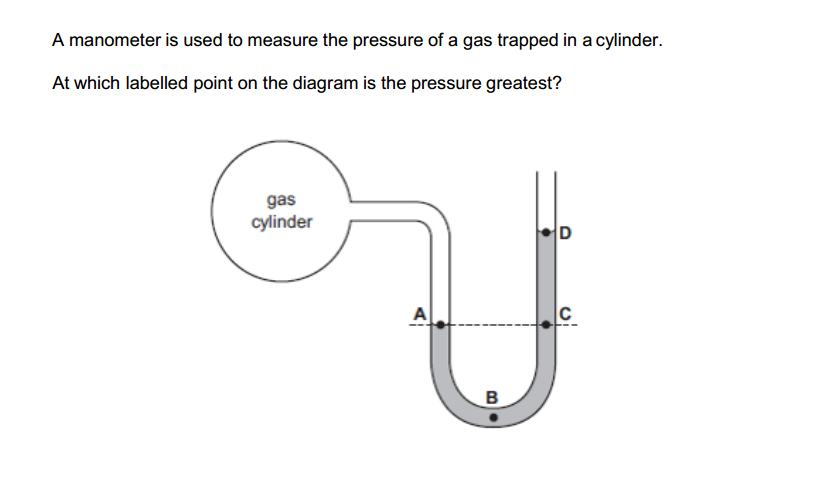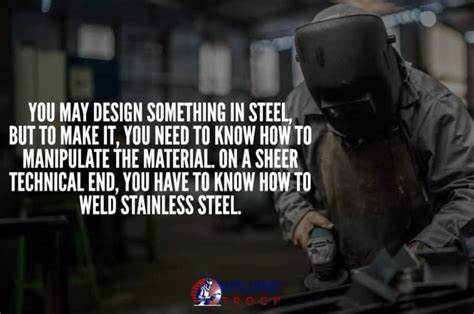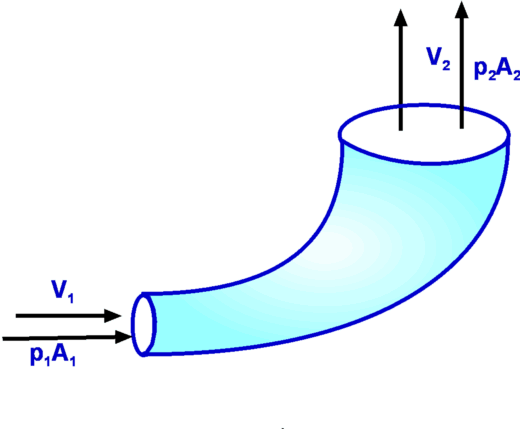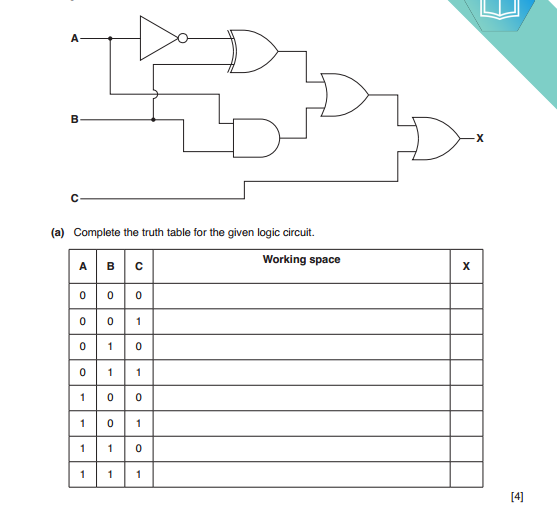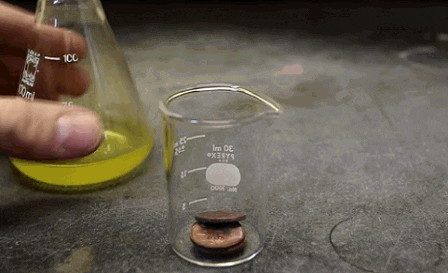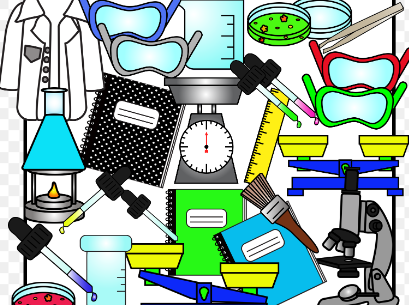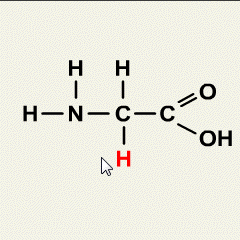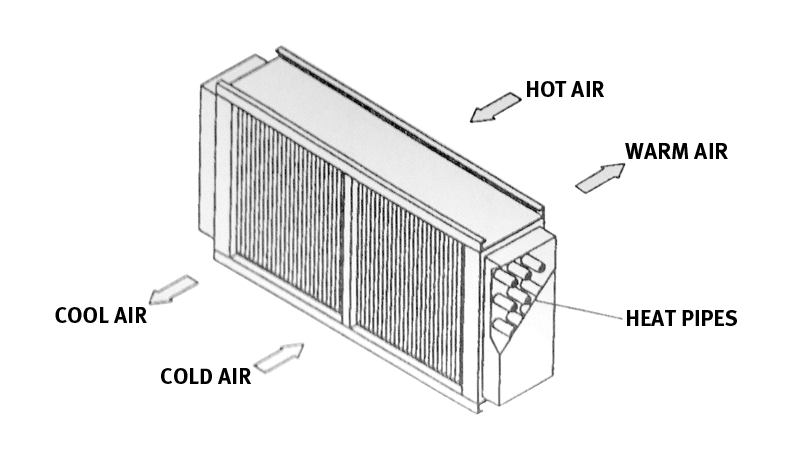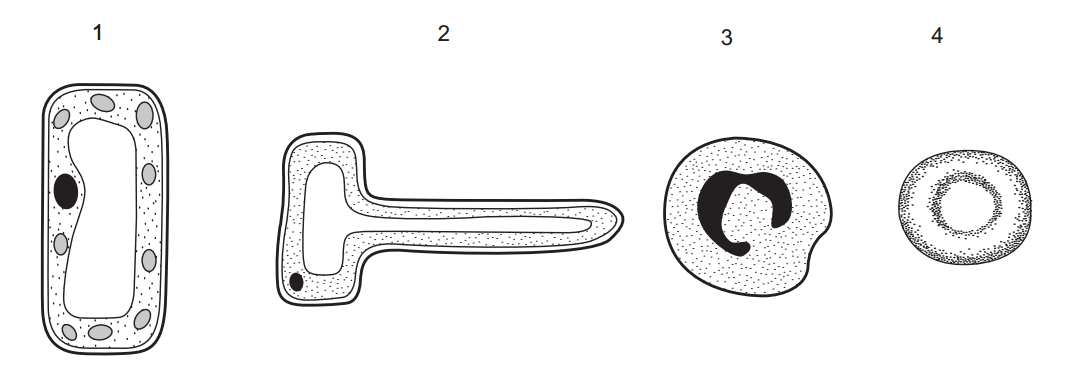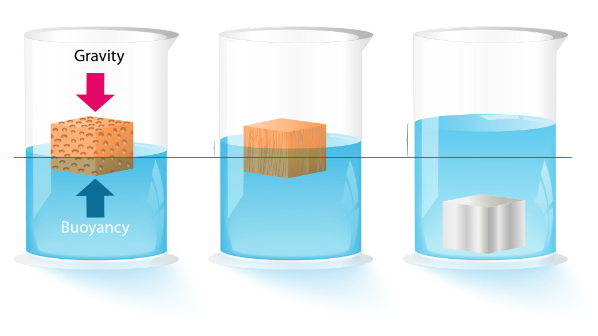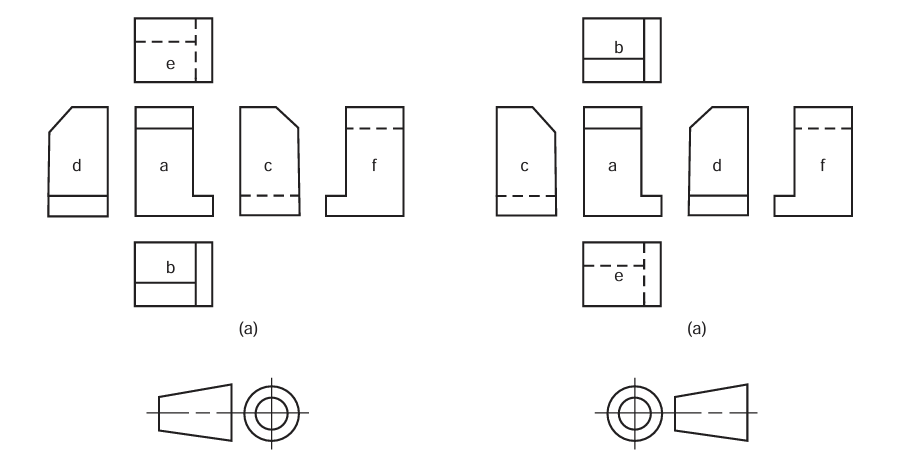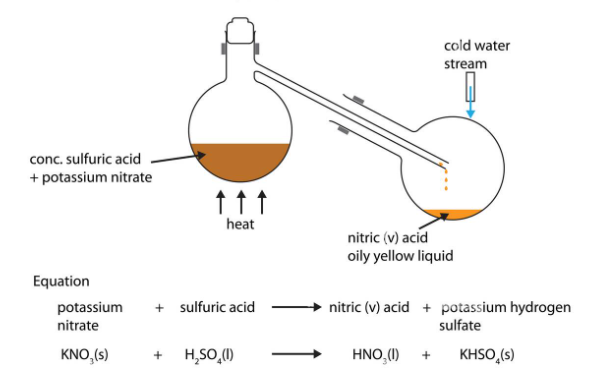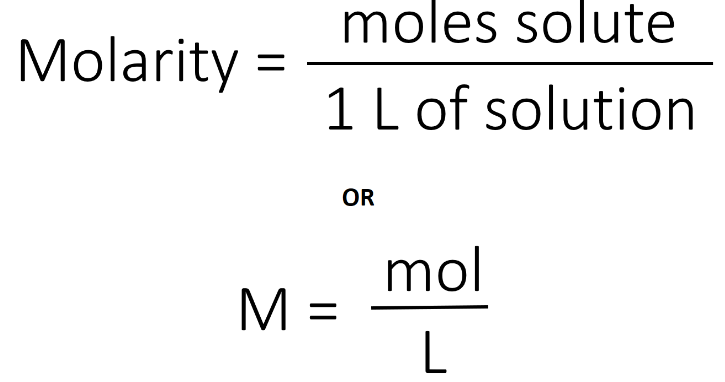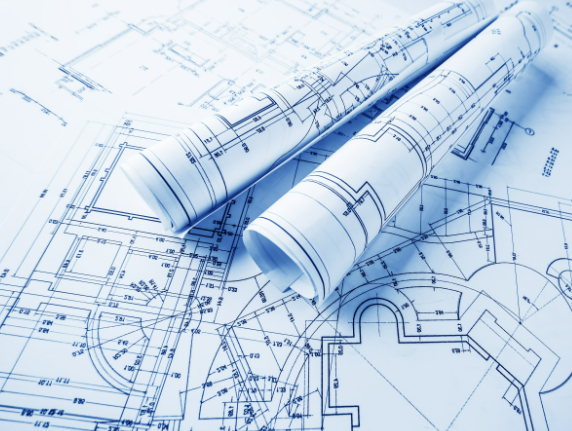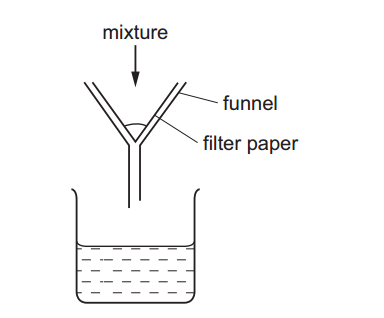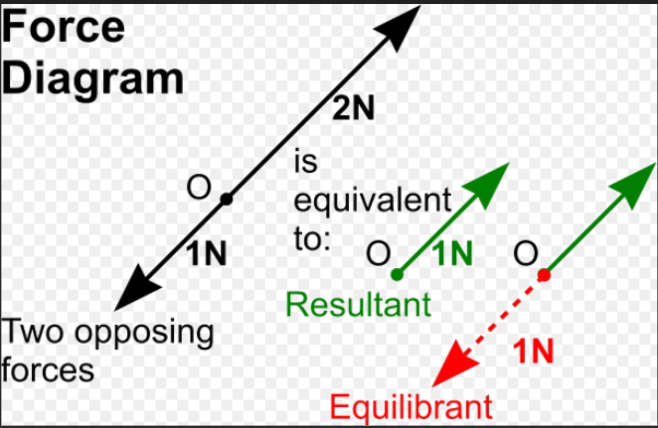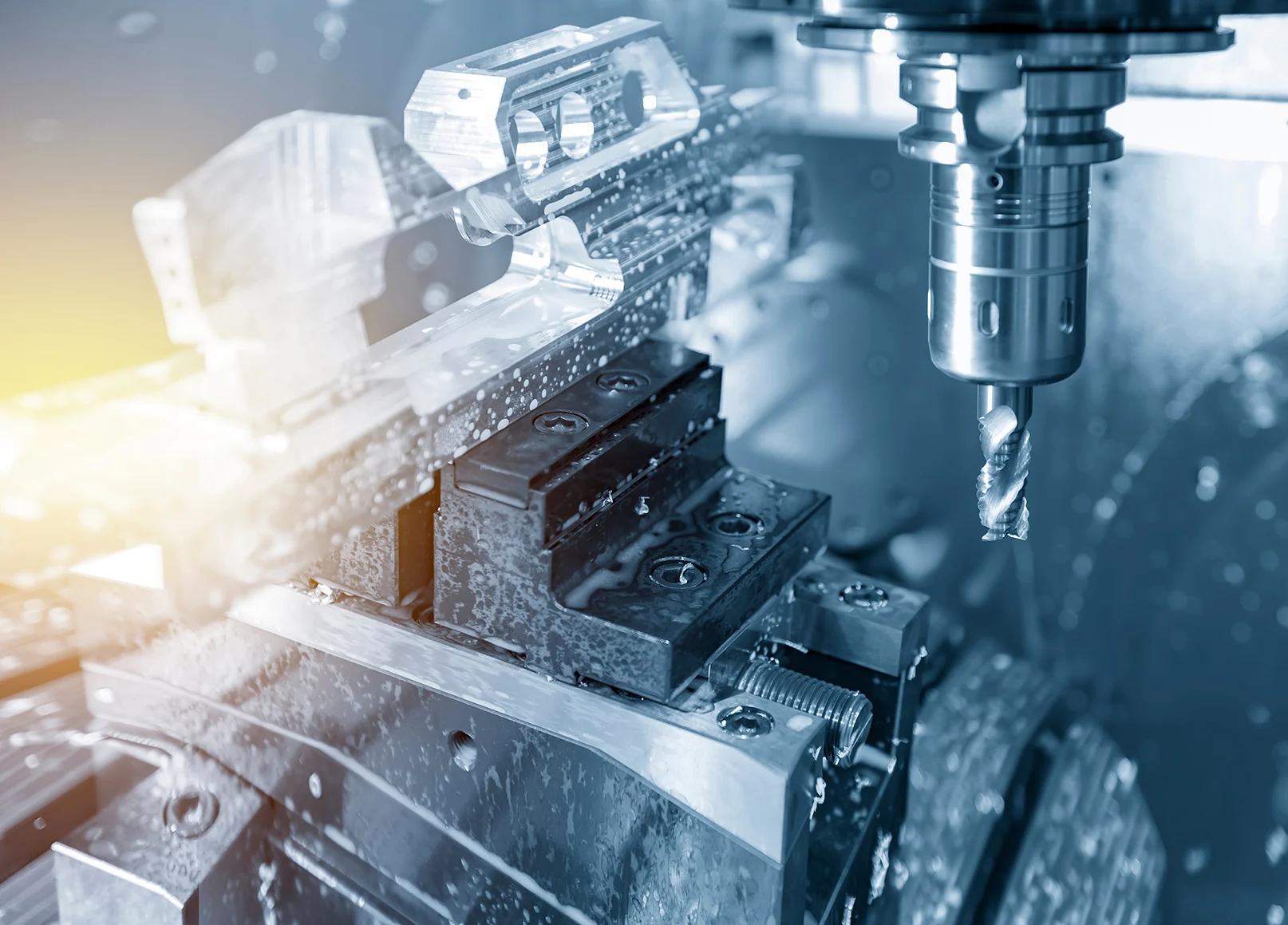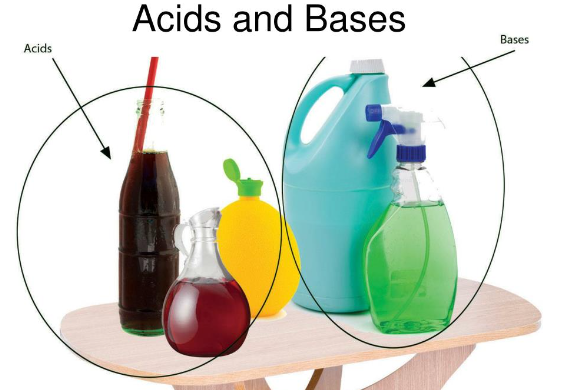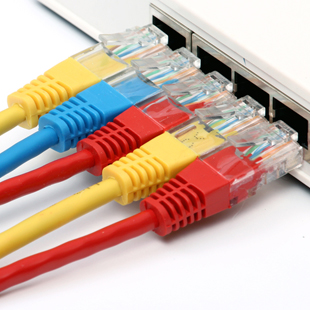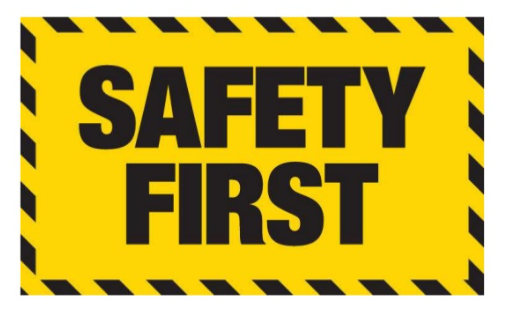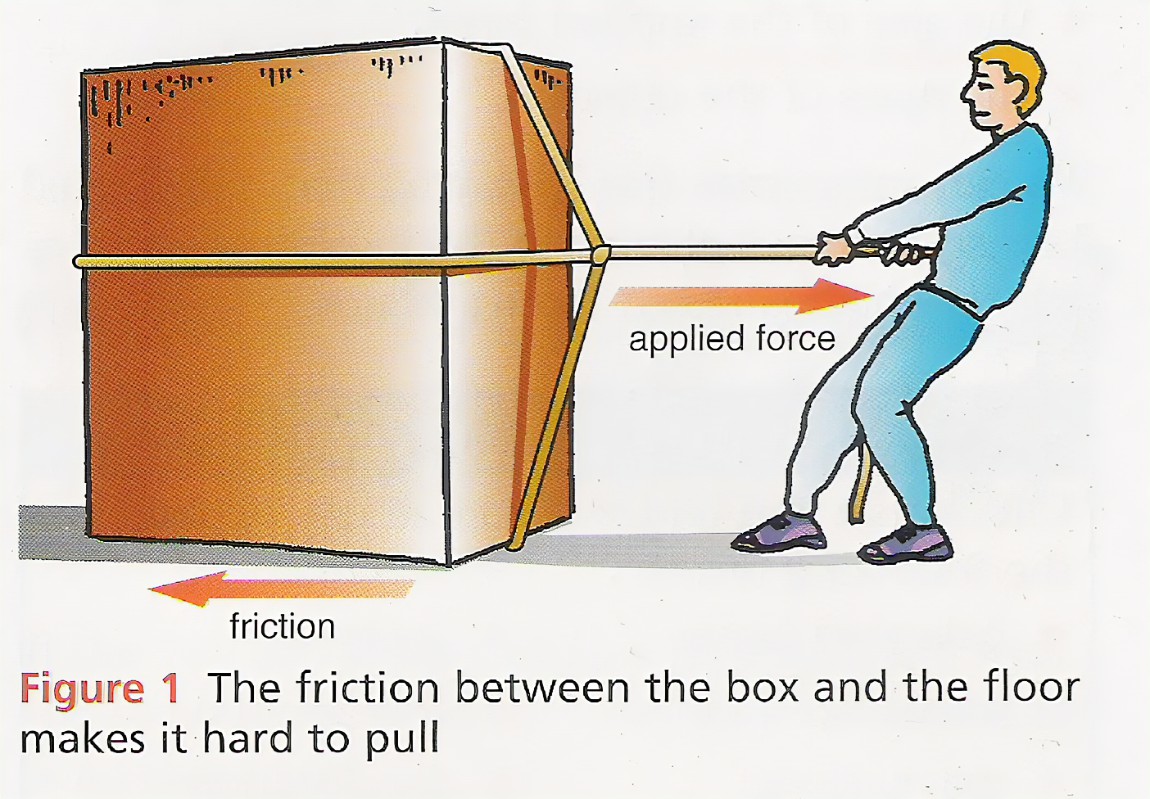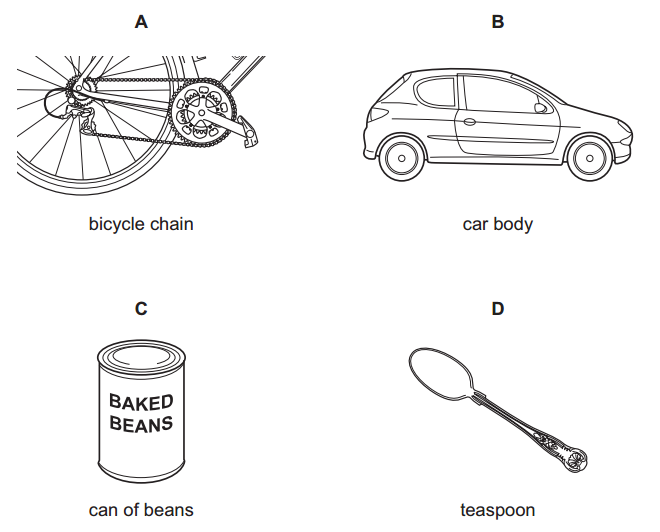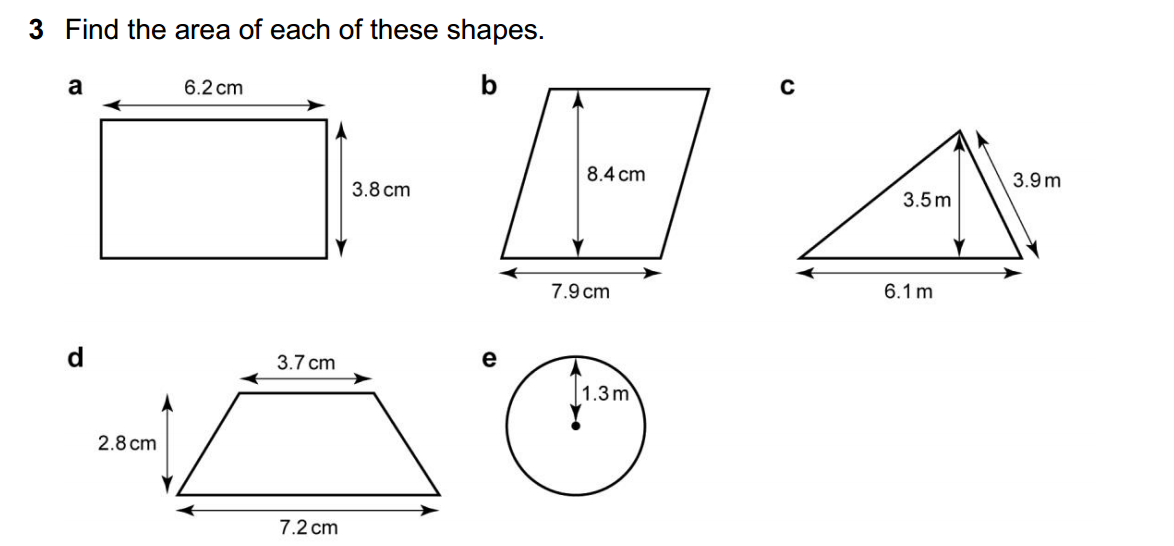Molding tools are essential in various manufacturing processes, enabling the creation of consistent and precise products. They are used in different types of molding techniques, including injection molding, compression molding, blow molding, and more. Here are some common molding tools and their functions:
- Mold Cavity: This is the main part of the mold that forms the shape of the final product. It’s the negative space that the material flows into and solidifies.
- Core: In some molds, especially those for complex or hollow parts, the core is used to create the inner shape of the product.
- Ejector Pins: These are used to push the molded product out of the mold once it’s cooled and solidified.
- Sprue Bushing: This is the entry point for the molten material into the mold cavity. It’s designed to control the flow of the material.
- Runner System: Runners are channels that guide the material from the sprue to the mold cavities. They help distribute the material evenly and efficiently.
- Gates: These are the narrowest points in the runner system. They control the flow of material into the mold cavity and prevent excess material from entering.
- Venting System: Vents are small channels or grooves in the mold to allow air and gases to escape as the material enters the cavity, preventing defects like air bubbles.
- Cooling Channels: These are channels within the mold used to circulate cooling fluids (typically water) to help the material solidify quickly and evenly.
- Ejector System: This includes pins, blades, or other mechanisms to push the molded part out of the mold once it’s ready.
- Slide Core: Slide cores are used in molds for complex parts with undercuts. They move in and out of the mold to create these features.
- Lifters: These are used to create holes or cavities in the molded product. They move in a lifting motion to create the desired shape.
- Cavity Inserts: For molds with interchangeable parts, cavity inserts are used to change the shape of the mold without replacing the entire mold.
- Alignment Pins and Bushings: These ensure that the two halves of the mold align properly, so the product is consistent.
- Mold Base: The mold base holds all the components together and provides stability to the mold.
- Hot Runner System: In injection molding, a hot runner system keeps the material molten as it enters the mold, preventing it from cooling prematurely in the runner and gate areas.
- Mold Release Agent: This is a substance applied to the mold surface to prevent the molded part from sticking to the mold.
- Pressure Sensors and Controls: These are used to monitor and control various parameters like pressure, temperature, and cycle time during the molding process.
- Heaters and Thermocouples: In some molding processes, especially in thermosetting plastics, heaters and thermocouples control and monitor the temperature of the mold.
- Mold Clamps: These secure the mold in place during the molding process.
- Mold Inspection and Maintenance Tools: Tools such as microscopes, gauges, and ultrasonic devices are used to inspect molds for defects and to perform maintenance as needed.
Molding tools are critical in ensuring the quality and consistency of molded products. The choice and design of these tools depend on the specific molding process and the type of product being manufactured.









